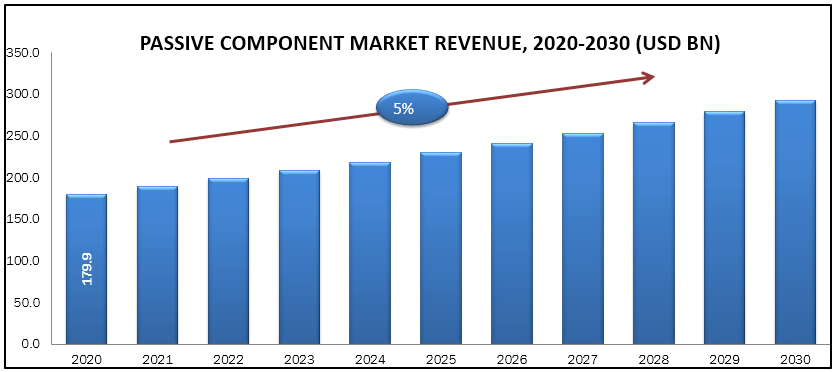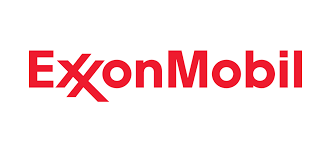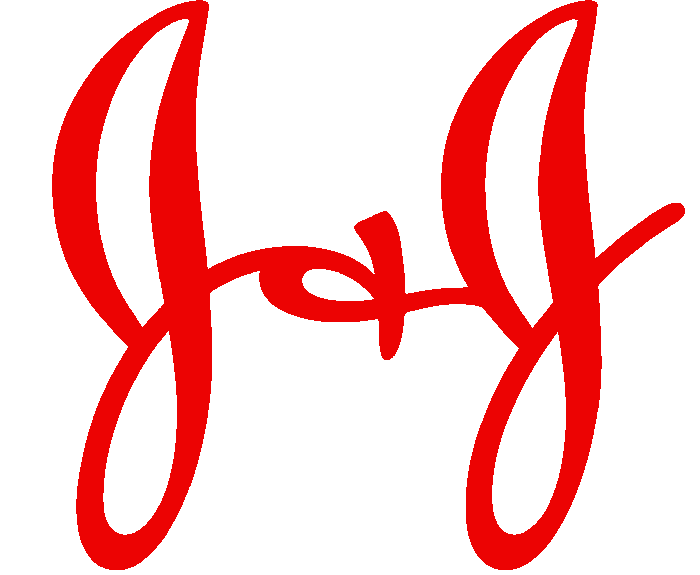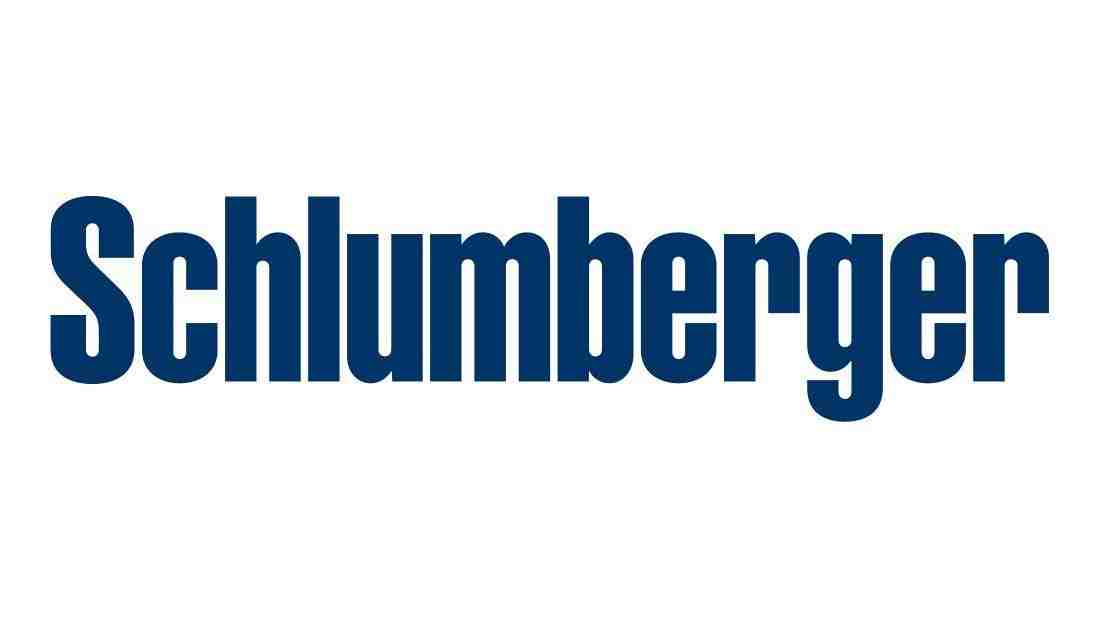Passive Component Market size was valued at USD 179.9 billion in 2020, and is expected to reach USD 293.0 billion by 2030, registering a CAGR of 5% from 2020 to 2030. Passive components are the major constituents which are together required to build any electrical or electronic circuit. Passive components are the main building blocks of electronic circuits and without them these circuits would either not work at all or become unstable. Passive components do not generate energy, but can store or dissipate it. Passive components can be used either independently or can be connected together within a circuit, either in a series or in a parallel combination to control complex circuits or signals, produce a phase shift to the signal or to provide some form of feedback, but they cannot multiply a signal by more than one, because they have no power gain. Actually, passive components consume power within an electrical or electronic circuit as because they act like attenuators, unlike active elements that generate or provide power to the circuit.
Market Segmentation:
On the basis of product type, the market can be segmented into resistors, inductors, capacitors, and others. Based on end-users, the market can be classified into telecom industry, industrial machinery, automotive industry, consumer electronics, and others. Geographically, the market can be broadly divided into five regions mainly North America, Europe, Asia Pacific, and RoW.
Market Dynamics and Factors:
The rise of Long Term Evolution (LTE) high-speed communication standards is attributing to the growth of communication equipment that includes industrial communication devices and telecommunication devices. This is fuelling the demand for passive components such as capacitors in the market. The demand for capacitors is rapidly growing in countries such as India, China, and other Asian countries because of the rising demand for consumer electronics like smartphones, smart TVs, and camera flashlights. Capacitors are widely used in smartphones, tablets, laptops, and digital cameras to reduce electric noise in the system. High-capacitance ceramic chip capacitors are also used in gaming consoles, set-top boxes, and home appliances. Furthermore, end-user segments such as smartphones and automotive segments are developing high-performance, small, thin, and compact devices. This is further boosting the demand for miniaturized passive components. However, certain factors like high amount of heat dissipation from the components leads to certain complications in the circuit. This is a major restraining factor for the passive component market.
Geographic Analysis:
Asia Pacific region is expected to dominate the global passive component market in terms of market share during the forecast period. The rising demand for smart automotive electronic devices, preference for building and home automation, and the increasing focus on R&D has significantly attributed to the passive component market growth in the APAC region. Additionally, the presence of a large number of key players in the region is also positively impacting the market growth in APAC. North America is expected to be the second most dominating market for passive components globally, where the U.S. is the major contributor in the market growth due to the growing telecommunication and IT industry in the region. Asia-Pacific is also anticipated to be the fastest growing market during the forecast period. The development of Asian countries is also alluring major big players to establish their business units in the APAC region.
Competitive Scenario:
The key players operating in the global passive component industry are –
AVX Corp., KEMET Electronics Corp., Murata Manufacturing Co. Ltd., Nichicon Corp., Nippon Chemi-Con Corp., Panasonic Corp., Ryosan Company Ltd., Samsung Electro-Mechanics Co. Ltd., Taiyo Yuden Co. Ltd., and YAGEO Corp.
Passive Component Market Report Scope
| Report Attribute | Details |
| Analysis Period | 2020–2030 |
| Base Year | 2021 |
| Forecast Period | 2022–2030 |
| Market Size Estimation | Billion (USD) |
| Growth Rate (CAGR%) | 5 % |
|
| By Product (Resistors, Inductors, Capacitors, and Others), By End-Users (Telecom Industry, Consumer Electronics, Industrial Machinery, Automotive Industry, Others) |
| Geographical Segmentation | North America (U.S., Canada, Mexico) Europe (UK, Germany, Italy, France, Rest of Europe), Asia-Pacific (China, Japan, India, Australia, Rest of APAC), South America (Brazil, Argentina, Rest of SA), MEA (UAE, Saudi Arabia, South Africa) |
| Key Companies Profiled | AVX Corp., KEMET Electronics Corp., Murata Manufacturing Co. Ltd., Nichicon Corp., Nippon Chemi-Con Corp., Panasonic Corp., Ryosan Company Ltd., Samsung Electro-Mechanics Co. Ltd., Taiyo Yuden Co. Ltd., and YAGEO Corp. |







